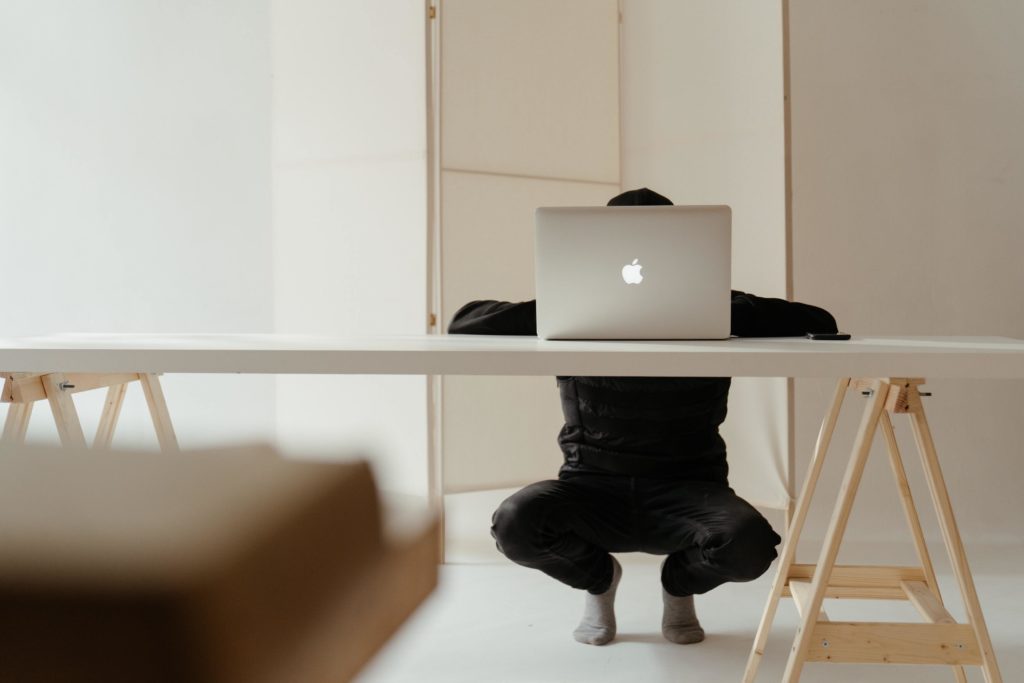HOME OFFICE MOVES

75% of our office time is spent sitting, much to the detriment of our health. The fact that the coronavirus is driving large parts of the population into the home office also offers opportunities. Chiara advocates breaking out of old routines and without further ado starts a #HomeOfficeChallenge for the TRANSFER TOGETHER team.
COVID-19 is keeping the world on its toes and has had a lasting impact on everyday working life. Numerous companies and organizations that previously required a presence in the office have switched to the home office or a flexible change between home office and office. For many office workers, this means creating a workspace at home, establishing a home office routine, switching to digital meetings, and continuously adapting to the changed situation.
The next posture is the best posture
But let’s look away from the challenges and compromises and look at the potential opportunities of the new situation. At home, we can organize and design our workplace the way we like it. We can move freely and work in a way that feels good to us. Listening to our bodies instead of social norms. Sitting in a meeting for 3 hours? I recently took the liberty of simply pacing the hallway with my laptop.
And I’m watching my two children, who are just doing their homework. While one of them is lying on the rug in the nursery, engrossed in math, the other is standing at the windowsill reading her geography book. Both are calm and concentrated. Intuitively, they have adopted a position in which they can learn well at the moment. If you come into the room 20 minutes later, the picture is different again: the child who was lying down before is standing and the one who was standing before is sitting. From a health science perspective, it is precisely this regular change of posture that is optimal: The next posture is the best posture.
So how about using the new, unfamiliar situation to be able to develop new, healthy habits? And to be able to try this out at home, in a protected space?
According to studies, office workers spend 75% of their working day sitting, which is associated with an increased risk of chronic diseases ranging from musculoskeletal complaints (who doesn’t know them?) to diabetes mellitus, cardiovascular disease, intestinal cancer, and depression. Yet this problem can be countered quite simply by getting up regularly and doing light everyday exercise. In the home office, we now have the opportunity to try new things beyond established office routines and listen to our bodies.
Time for a work routine in light movement
How does it feel to work standing up for 15 minutes now and then? To walk up and down in the office during phone calls? If you have trouble concentrating, go to the window and take a deep breath (if you’re really motivated, you can do a few squats to get the circulation and blood flow in your brain going). We can invest the commuting time saved in the home office in short exercise sessions. Those who love yoga now have more time for it. Anyone who has always wanted to try a dance tutorial on YouTube can get started.
Now is the opportunity to try all this out, follow our body feeling and develop a work routine that includes light movement. Let’s take advantage of it! Let’s share the variety of movements and all the good ideas for a more active office routine. In any case, our team has been enthusiastically getting started since the pandemic began and has now established moving work routines.
